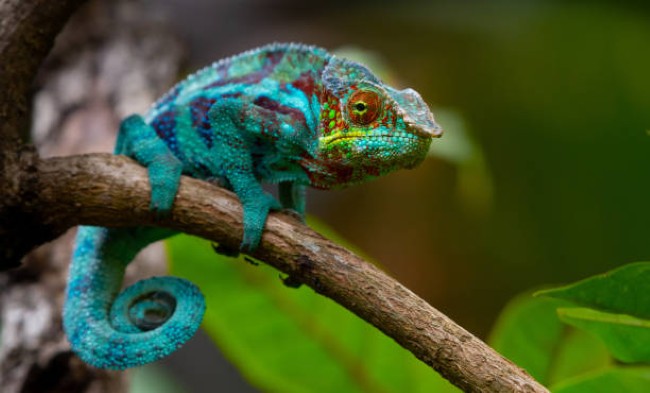
Doing some research before you decide to purchase a pet reptile is crucial. You can then make sure that it is a suitable animal for you and your family.
Anyone with sufficient time and effort will love caring for reptiles andamphibians. There are certain kinds of reptiles and amphibians which can be better suited to beginners than others. When you need an useful reference on small reptiles, amphibians, and aquatic beings, look at here.
The basics
Reptiles and amphibians are both members of the herpetofauna group of cold-blooded (ectothermic) vertebrates. Alligators, snakes, lizards and turtles are among them.
Amphibians live their entire lives in water, often creating aquatic phases of their life cycles. Reptiles on the contrary, reside on land and reproduce via laying eggs.
Reptiles and amphibians require environments that suit their particular life stage and the activities they engage in. They might seek out special microhabitats like wet or dry soils, sand, leaves or rocks.
Care
Animals with complicated life cycle are reptiles andamphibians. Frogs, salamanders, toads and newts belong to of this category. Also, snakes, turtles and lizards.
Amphibians are warm-blooded and breath through the skin, which is moist to absorb oxygen. Because of this, they lack scales and tend to be more fragile than reptiles.
As with mammals and birds, amphibians and reptiles are characterized by a variety of needs for the environment. These can be replicated in captivity through offering housing that supports their thermoregulatory reactions. Within their enclosures they need a gradient of light, temperature and humidity.
Feeding
Reptiles, amphibians and other animals have different needs. Certain species are herbivores others have carnivore way of life.
All reptiles, amphibians and other animals require a balanced diet. In this diet, there should be protein, carbs, fats and vitamins.
Omnivores and herbivores are provided with fresh food items such as fruits, vegetables, flowers as well as meat. Many herbivores as well as omnivores require supplements in order to gain the necessary nutrients.
Breeding
Reproduction and the care for reptiles, amphibians as well as other species is an enjoyable pastime. It offers the chance to be involved with uncommon and unique species and also earn substantial income.
Breeding can take place by a number of different methods including capturing reptiles and amphibians from the wild, with appropriate permits, or purchasing them from pet shops or private breeders. When it comes to both, making sure that your animals are cared well is essential.
Like all animals reptiles and amphibians, they can carry and transmit zoonotic disease. The techniques and knowledge gained from captive breeding have significantly reduced risks.
Good Alternatives to Health
Reptiles (turtles and snakes), anoles Iguanas, geckos salamanders, horned toads) as well as amphibians (frogs and newts) have become increasingly loved pets with numerous families. They are however frequently infected with bacteria which may cause people to become sick.
The spread of bacteria can be transmitted by touching the droppings or feces of amphibians, then putting their hands on their mouths prior to washing. The germs also can get onto aquariums, cages and Terrariums and on the water that reptiles and amphibians reside in or swim in.
Salmonella infection can cause grave illness, and can be affecting anyone of any age. Risks are higher for children, the elderly as well as those with compromised immune systems. The risk of developing vomiting, diarrhea, as well as stomach cramps. Septicaemia can develop in severe cases.

No comments:
Post a Comment